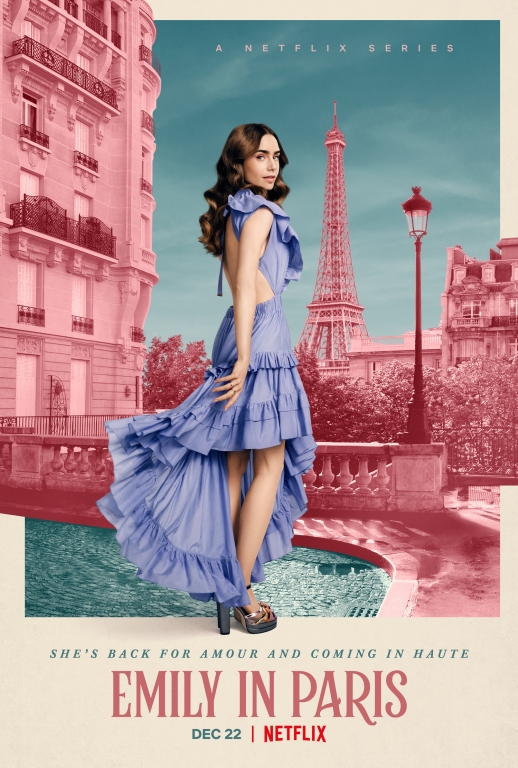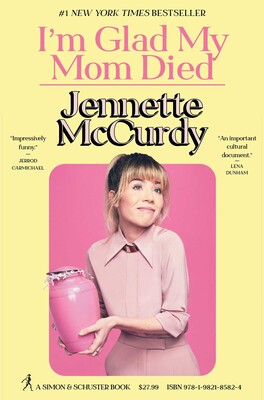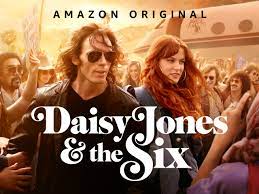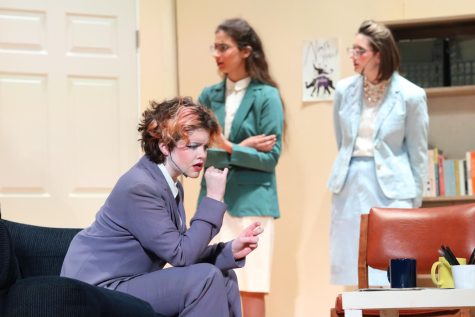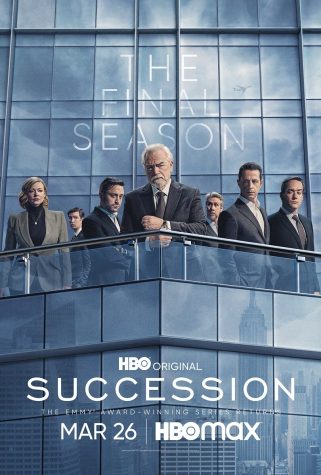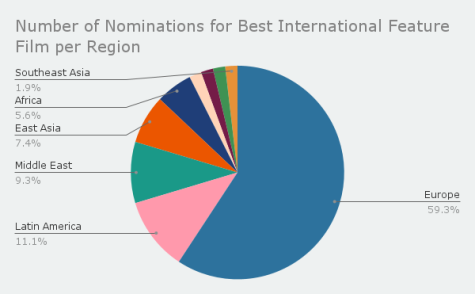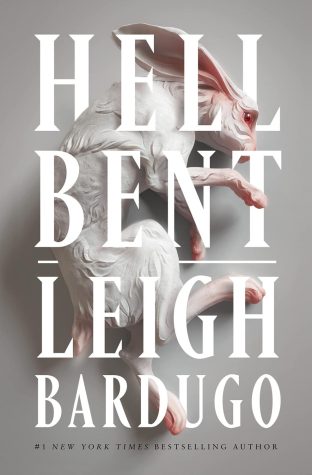‘Emily in Paris’ season two is fun, but remains as frivolous as its fashion choices
February 1, 2022
When “Emily in Paris” first touched down on Netflix in October 2020, it immediately became a head turner. The comedy, led by acclaimed British-American actress Lily Collins, follows Chicago native Emily Cooper (Collins) as she brings an American perspective to the prestigious fictional marketing firm Savoir in Paris, France. The plot thickens as Emily is entangled in numerous faux pas, romantic affairs and new friendships. But as far as the story goes, it doesn’t delve much deeper than that.
While season one drew attention, it was more on the negative side. Emily epitomizes the “clueless American” stereotype — and may as well be a clown in her brightly-colored, nauseating outfits as she navigates French culture. While Emily is constantly challenged by her formidable boss, Sylvie Grateau (Philippine Leroy-Beaulieu), and fellow co-workers Julien (Samuel Arnold) and Luc (Bruno Goeury), her attempts to adapt to French culture barely emerge throughout the first season with a lack of trips to French class and consistent bouts of cultural ignorance.
There are enjoyable characters like runaway Chinese heiress Mindy Chen (Ashley Park), chic client Camille (Camille Razat) and attractive chef — and next door neighbor —Gabriel (Lucas Bravo), that gives the story some depth — but the infamous first season would characterize “Emily in Paris” as a mere comfort show with no apparent life lessons to take away. Collins is one of my favorite actresses, so the cognitive dissonance her character gives me is really frustrating, given how talented she is.
Despite the negative reception, the show’s second season was actually a nice surprise. Released on Dec. 22, the show made an entertaining watch for holiday break, and for good reason — the producers and cast seemed to have taken the criticism in stride.
Emily’s initial culture shock has thawed to reveal a more seasoned character. We see her going to French class, which becomes a major plot point in the show. With her trips to class, we are reminded that she’s a character with flaws: Emily gets bumped back down to Level I French. Through this, she meets British banker Alfie (Lucien Laviscount), another character to stir the romantic hotpot. Alfie presents a refreshing perspective to a rose-colored lens of Paris, as he constantly antagonizes the city and its stylish facade.
Emily also learns how to navigate her job better, landing success in her accounts. Emily’s French skills don’t see a lot of progression this season, but with the French class precedent the show sets up, we can hope to see more French from Emily next season (and less of the horrible accent).
Another improvement I was glad to see was more scenes where the French language is spoken between — woah, shocker — French people. The amount of English dialogue compared to French dialogue in season one was jarring, and I rarely found myself fully immersed in the Parisian scene. But this season provided a bunch of great French moments, such as free-flowing conversations between Julien and designer Pierre Cadault (Jean-Christophe Bouvet), as well as Camille and her family. Sprinkled in are fun cultural tidbits as well, such as when Luc takes Emily to see “Jules and Jim,” a French New Wave cult film.
But season two has its drawbacks. The fashion choices this season continue to choke the audience, as they’re forced to digest the jarring ensembles that Emily chooses to don. Her unique patterns and daring outfits don’t correlate with her Type A personality. Blunt and humorous Mindy seems to fit the bright attire more and scored high in the fashion game this time around, while Camille continues to model the stereotypical chic Parisian look. I don’t expect Emily’s fashion to really make sense with her character going into the third season as established as it is, so it might be something I have to accept.
The show also introduces Petra, a Ukrainian woman whom Emily meets in French class. Petra is incredibly stereotypical and insulting, her portrayal gaining negative traction in the character’s home country. She has poor fashion sense, is afraid of being deported and wants to steal clothing from a store while shopping with Emily. For all of the improvements the producers have made to freshen up the show, this seems to have tarnished that.
With the cliffhanger and major decision Emily is left with at the end of the second season, I can say that I’m excited to see where they’re going to take the third season. As long as the producers and writers remain open to criticism, this show still has potential to be a good watch. Maybe it won’t be a poignant and riveting show people will be attempting to dig theories out of, but I hope it can remain to be a solid comfort show that gives its characters justice — and Chicago women our style reputation back.

